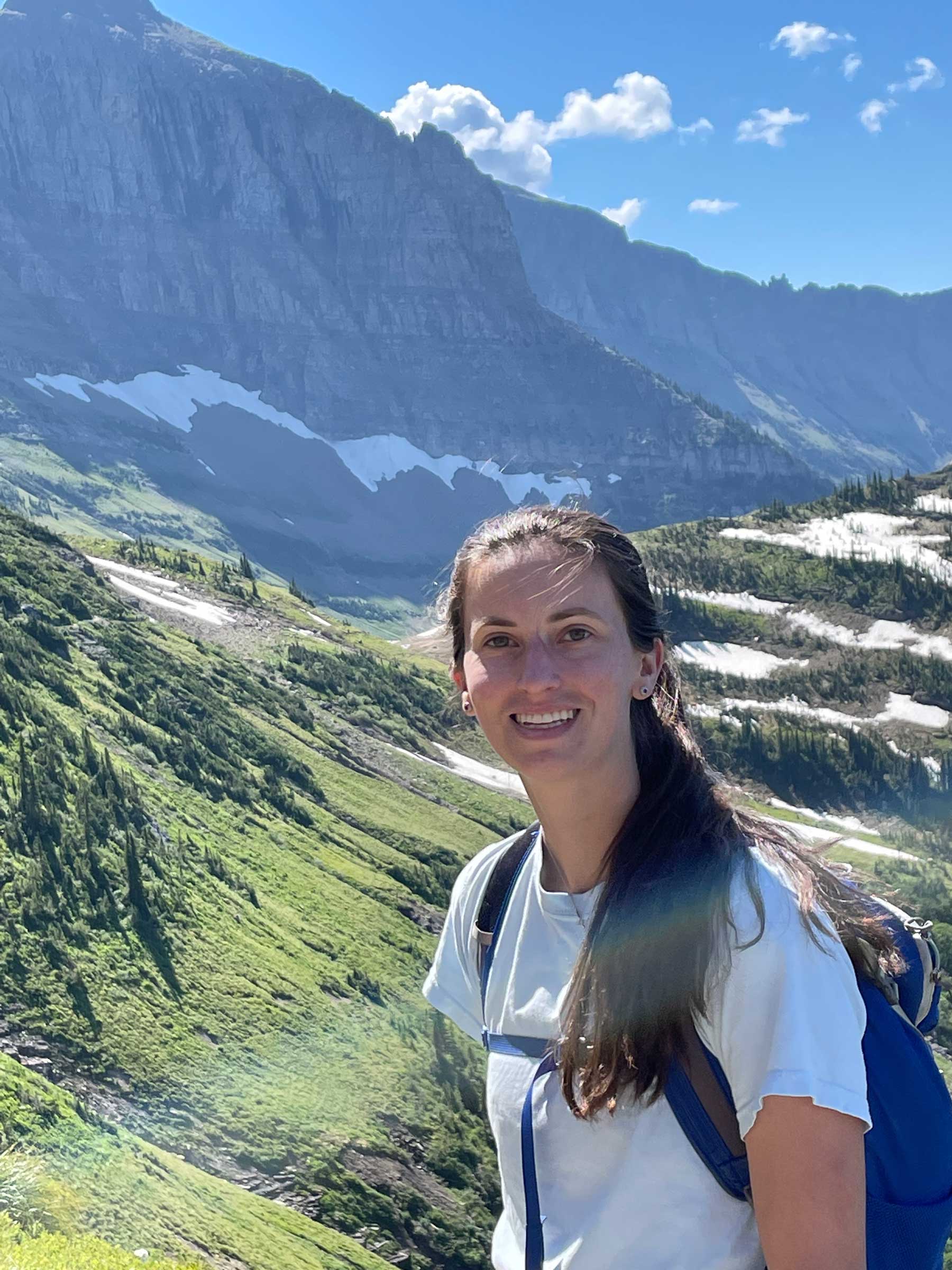Emma Every, MS2, Spokane
The challenge: The Blackfeet Indian Reservation is home to about 10,000 members of the Blackfeet Nation, located east of Glacier National Park in Montana. A community health assessment conducted in 2017 listed reducing the high rates of cancer as one of the community’s top health priorities; cancer has historically been the leading cause of death on the reservation.
Notably, only 51 percent of eligible patients at Blackfeet Community Hospital receive cervical cancer screenings, a drastically lower rate than Montana’s 81 percent.
The project: I spoke with a number of stakeholders to include Tribal members, patients, community health nurses, women’s clinic nurses, and practitioners at the Blackfeet Community Hospital. Furthermore, I did a literature review of efficacy of educational interventions to promote cervical cancer screenings in these circumstances.
A combination of literature review and community guidance identified barriers to cervical cancer screenings and actionable health education strategies to increase screening rates on the Blackfeet Reservation.
I spoke to patients and providers who identified stigma, fear of pap smears and lack of awareness of resources and benefits as barriers to cervical cancer screenings.
People also mentioned that this may be heightened by the increased rate of sexual violence against Native women.
The lack of knowledge of the resources offered at the hospital and the benefit of those resources was pretty common. Many people didn’t know paps were available at the women’s clinic, despite there being many appointments per day.
Health education: We developed plans for a pilot screening day. The idea is to overcome both the discomfort and the access issues in one day. The screening days will be hosted at both the hospital, which many people can access, and the Heart Butte clinic, a satellite clinic in a more rural area on the reservation.
I prepared educational and advertising materials that I developed with the help of the community health nurses and their personal stories about cervical cancer in the community with the clinic.
Reflections: The best part about this project was that it was a great introduction to meeting different community members. From speaking to patients about the things that they loved about their community, I was invited to attend a sweat lodge and other ceremonies so that I could experience those things firsthand. I became closer with the nurses and learned about their families’ personal experiences with cervical cancer. Without engaging in a community-oriented project like this, I don’t think I could have felt so at home within a few short weeks.

